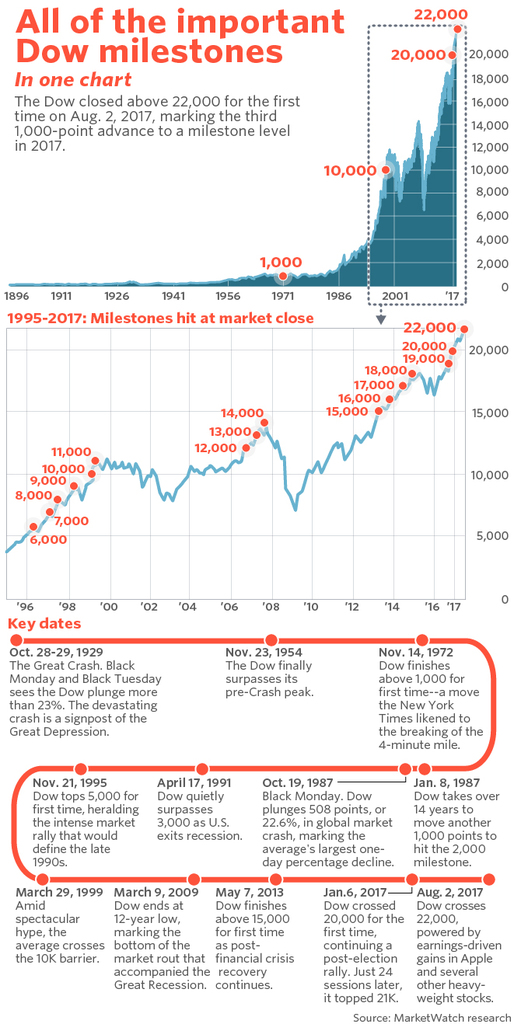
Thought For A Day


 There are a whole host of characters who regularly lose money in the market place, and most fall into two catogories:
There are a whole host of characters who regularly lose money in the market place, and most fall into two catogories:
False Ego Traders
& Nervous Traders The false ego mistakes come from a mixture of false pride and bravado and are the most dangerous mistakes to make. The trader, generally a beginner or intermediate — call him Tader A — gets an opinion in his head about market direction. His analysis may have even been sound, but his opinion keeps him from reading/seeing the signs that a change is occuring in the market he has targeted. He subconsciously see the changes, but false pride is the devil, and blocks the information from making it into his conscious decision making process. The change he needs to see may even be pointed out to him by a fellow trader –Trader B– but Trader A’s false ego blocks this because he knows “I’m smarter than Trader B…In fact I think its a good idea to fade Trader B”.
Trader A is also likely someone who is accustomed to being listened to. He may have been upper management in a company, or even owned the company. “People better listen to me” is how he sees it. He is likely more accustomed to talking rather then listening.
Despite trader A’s previous success’ Mother Market will bring him down quickly. Any early success he has in the market will only make for bigger losses down the road as he gets caught in the spiral of trying to make up for lost money and still make money. He doesn’t just want to get his money back, he wants that and then some. His time is valuable. He is going to make the market pay.
Well we all know how that works out, which is to say we won’t be seeing Trader A around for long. (more…)

After slumping 4% yesterday to close at 2,127, the Baltic Dry has plunged yet another 5% today, to close just above 2,000 at 2,018. This is the lowest level for the index in 14 months since May 5 of 2009 when it last traded by 2,000 and a reason for all Chinese trade “resurgence” bulls to reevaluate their thesis. Did China outsmart everyone, with the Yuan “reval” coming at a time when planned foreign trade would be de minimis? In the meantime, this is bad news for Australia and Brazil, and especially the AUD and the BRL, but who cares about facts anymore.

From Reuters:
The Baltic Exchange’s main sea freight index .BADI, which tracks rates to ship dry commodities, fell to its lowest level in over 14 months on Wednesday as weak cargo activity continued to take its toll.
The index, which gauges the cost of shipping commodities including iron ore, cement, grain, coal and fertiliser, fell 5.12 percent, or 109 points, to 2,018 points in its 30th consecutive decline to remain at its lowest since May 5 last year when it fell below the key 2,000 point level.
A combination of slower iron ore activity, weaker coal imports into China and South America’s grains export season ending have put pressure on freight rates in recent weeks.
“Despite more incentive to buy spot iron ore, transactions are slow and most (Chinese) mills are reported to be destocking steel inventories and reducing production, putting continued downward pressure on the dry bulk freight market,” Arctic Securities said in a report.
Easing port congestion has also freed up vessels, adding a further drag on the overall dry freight market.
The Baltic’s capesize index .BACI fell percent 7.17 on Wednesday, while the panamax index .BPNI fell 5.02 percent.
More broadly, industry concerns over the pace of global economic recovery could hit shipping, given that about 90 percent of the world’s traded goods by volume are transported by sea.



I’m sure everyone has been presented with the following logic: put in a ‘stop-loss’ at some arbitrary amount, say losing 1%. Then, your payoff distribution is tilted towards infinity, as shown above. It’s like the idea of going to Vegas, and saying you will stop when you lose $500, so you think that you still have an equal chance of generating those +$500 and up numbers, and the bad outcomes are just truncated at -$500. Alas, it doesn’t work like the graphs above. Instead, it generates the graph below, with a lot of probability mass at the stop-loss point:


